Dan’s been in touch with his model train display at his local bank:
“Al,
Here is the model train display I have been doing for 32 years now. It is in the lobby of a local bank.
It is 20 by 12 HO. The bank lets me store it at the bank. My model railroad club and friends help set it up and take it down each year.
All scenery and buildings must be removed for storage. It gets bumped around some in the process.
It is not a MODEL railroad it is a DISPLAY railroad. I have no idea as to how many have visited. They begin asking if the trains will be back in early October. I sold advertising to cover the cost to keep it running.
I have worn out over 30 locomotives over the years. We redid the outside rails on the curves once.
The trains run during banking hours. I calculated that the trains have run 500,000 scale miles over 31 years. The track is 1 scale mile around.
I have learned a lot about the black stuff that gets on the rails. It is micro-arcing caused by the plating on the loco wheels wearing off. The very tiny sparks produce soot. This requires constant cleaning of the tracks and loco wheels. See the photos.
At the beginning parents were bringing their kids to the bank to see the trains. Then it was those kids bringing their kids. Now it is those kids bringing the GRAND kids!
The model train display track cleaning cars in use. I have had these for years. Walther’s has these I believe. The price is pretty high.
The tank cars have alcohol 70% that drips on to a pad. The odd looking cars have a roller that I employ to soak up the alcohol. Alcohol can be used with this car by it’s self. Either car can be used alone. I think this set up works best. There is NO abrasives used. Abrasives scratch the rail and gather more of the gunk shown in the next photos.
Here is what the cleaning looks like. I put alcohol on a paper towel. I run the locos front truck over the towel and press down lightly and run the loco back and forth by hand. I repeat with the other truck.
As I mentioned in the intro, there is micro-arcing causing the black gunk on the rails. The “good wheels” show a little of the black stuff that was picked up just while running. These wheels are rather new.
The worn model train display wheels show just how much the arcing has done. Both locomotives ran for just 1 hour.
Here is a wheel set taken out of service after about 3 years. Look closely and you can see the plating is gone and you can see a brassy look to the worn areas.
Model train display:
Metal wheel sets also get the worn look after a time. This tank car has been in service for 5 years. The advertising cars are worse. They run all the time. All of the other rolling stock is swapped out from time to time. Remember the trains run for 30 days during banking hours. That is 248 hours.
It is a long month. But it is worth it.
I have helped start many layouts. In fact, today December 6, 2023, I was helping a gentleman work out some problems with his track design.
Dan*”
A big thanks to Dan for sharing his model train display. It’s a wonderful narrative of how the attraction of trains stay with us all of lives.
Dan is our latest member of the Hall of Fame by the way.
You can see on his model train display above his signature ceiling tile technique for the mountains. If you missed that ‘how to’, here it is again:
Here’s another good example of it as well, stunning stuff:
Dan’s post also reminded me of Cal’s track cleaning post:
And Brian’s, which is another display layout:
Now on to Julian:
“Hi Al,
Thanks for your great mail, and to your audience who make 85% of it happen!
I have had a model railway since I was 4 – first on the dining room table, then as we were banned, to the dining room floor, then a 6×4 ply sheet. I have to say the ubiquitous 6×4 is the worst possible size as when you are 6, you cannot reach the centre!
Then my parents moved around, so the rolling stock, layout, etc was sold as we moved with the Armed Services.
At University, a special offer on a narrow gauge set caught my eye, so I started to build again. I think I was the only student with a trainset!
Then more moving, marriage and moving conspired to see it sold.
My children and I built a large N-Gauge set in our loft – it was huge, but the loft was too hot in summer, and too cold in winter! A G-Scale garden railway was a better success. Again moves saw the set dismantled and sold.
Then since my wife decided to go on holiday with a bunch of ladies, what better time to start again, but with some firm outlines in place; it had to be modular, and the maximum width 1 Meter. Module 1 got built, then I suffered a heart attack at 62 – so to the disgust of my wife, and amusement of our friends, this built module sat in our lounge for a couple of years. A fire gutted our garage, and this was a perfect opportunity to turn it into a train room!
Instead of letting the set grow organically, I planned and sketched what I wanted to see. Its a mix of artistic creation, childhood memories, and manual skills I used to use as a surgeon!
Here are the sketches, and a couple of views of Module-1. As the layout comes together, I’ll write some more.
Regards,
Julian”
That’s all for today folks.
Please do keep ’em coming.
And if today is the day you get started on your layout, the Beginner’s Guide is here.
Best
Al
PS Latest ebay cheat sheet is here.
PPS More HO scale train layouts here if that’s your thing.
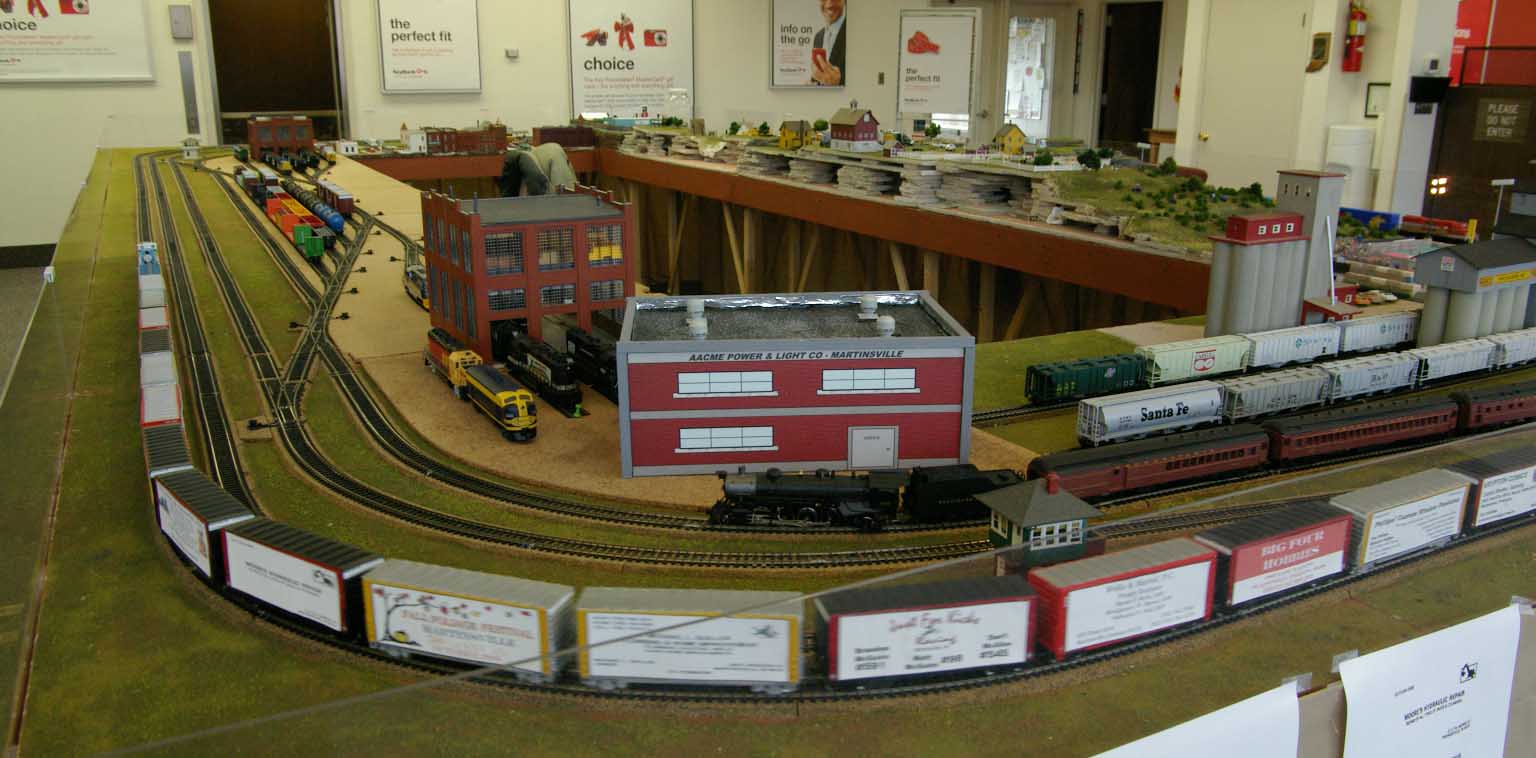
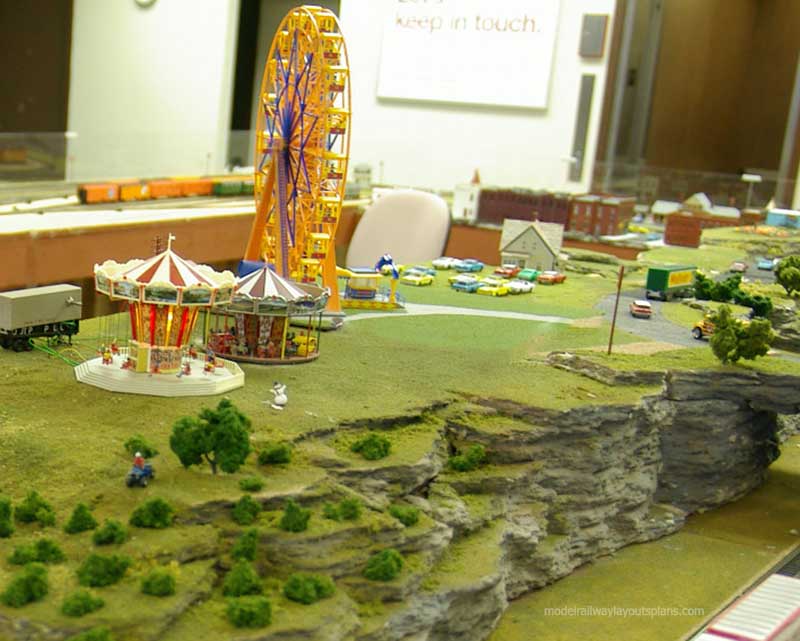

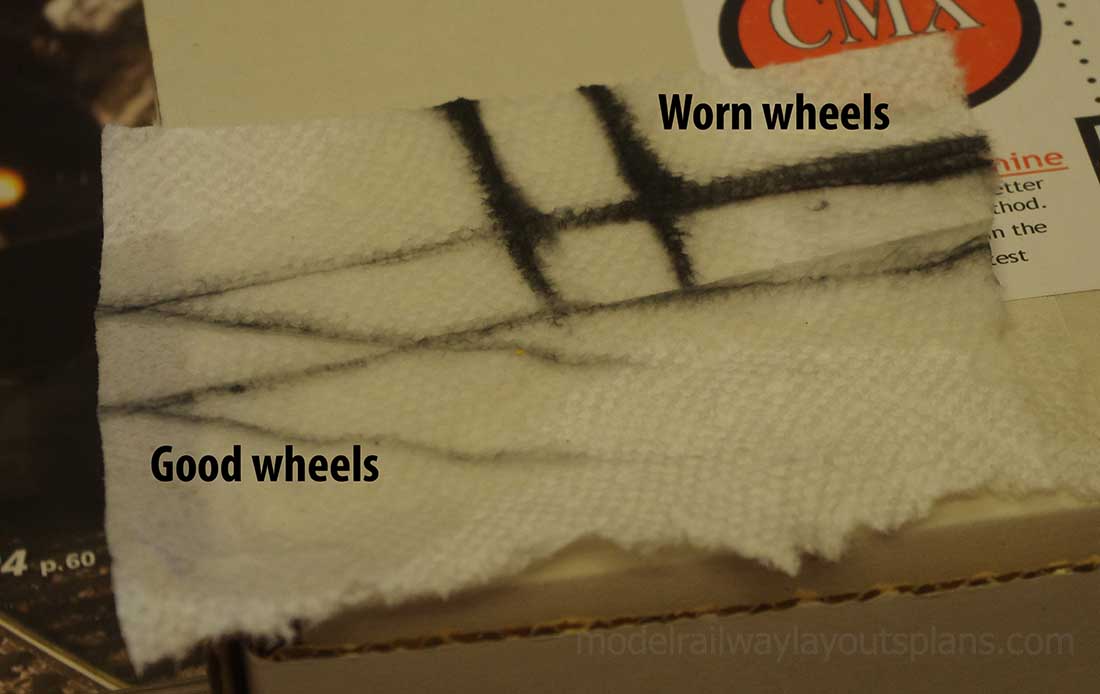
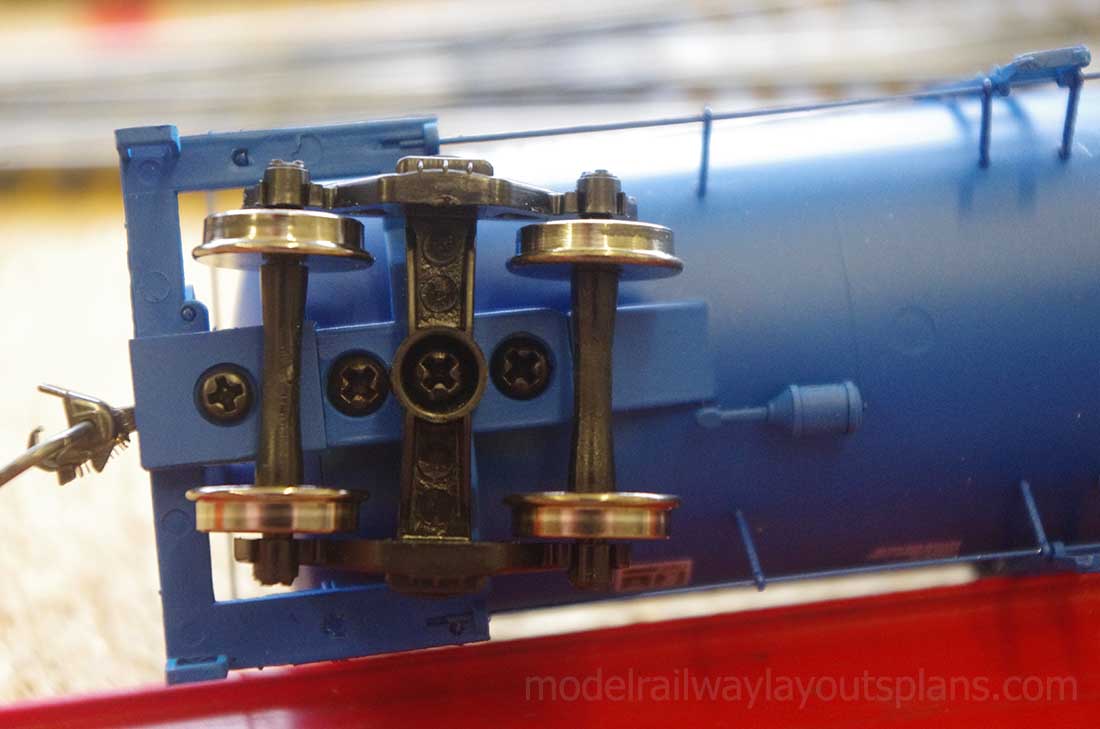
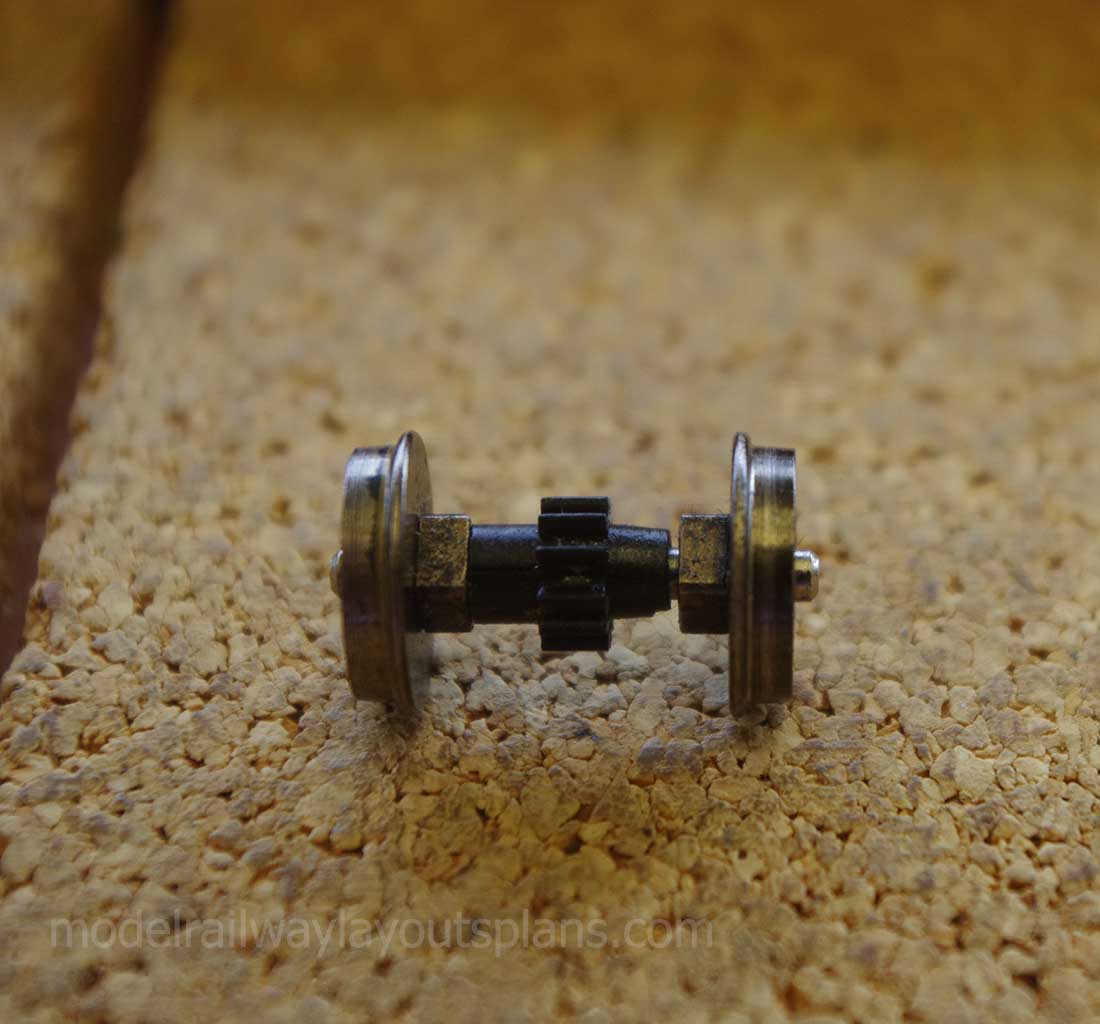
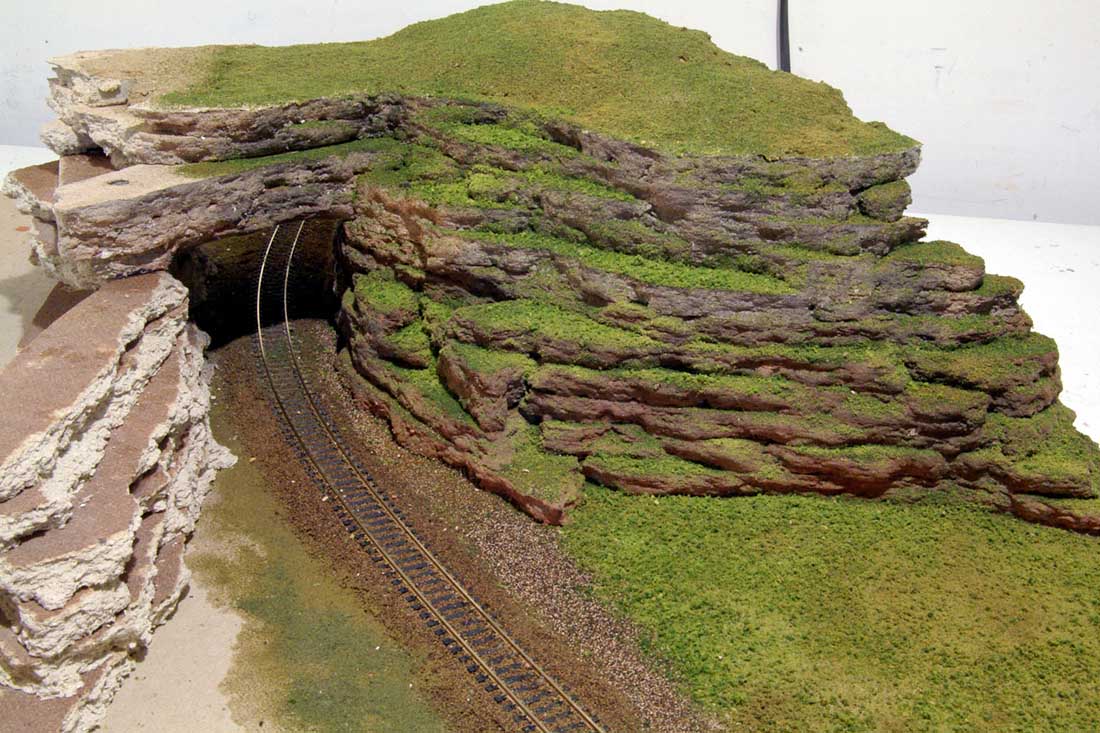

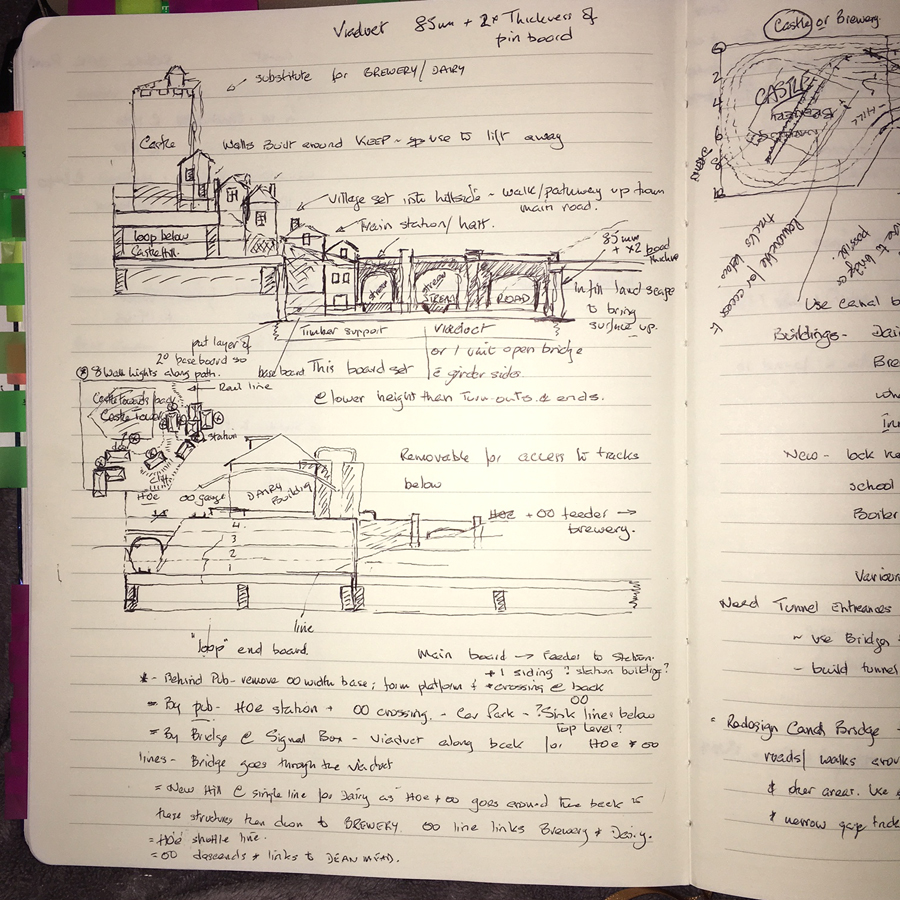


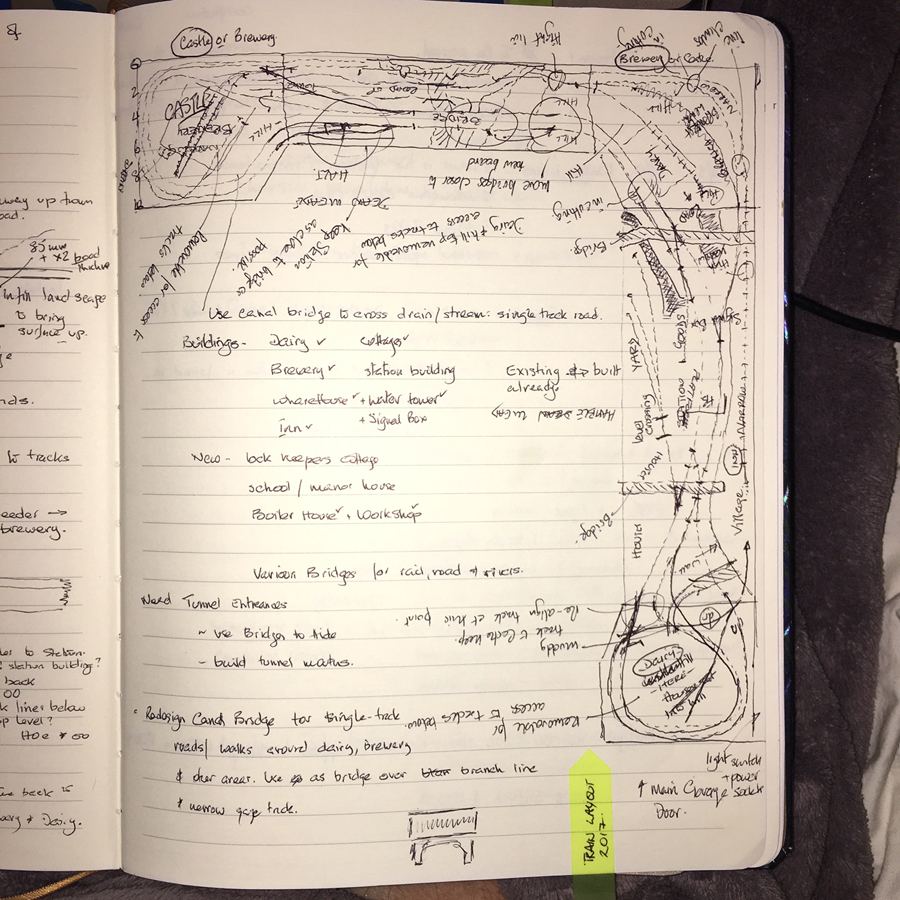
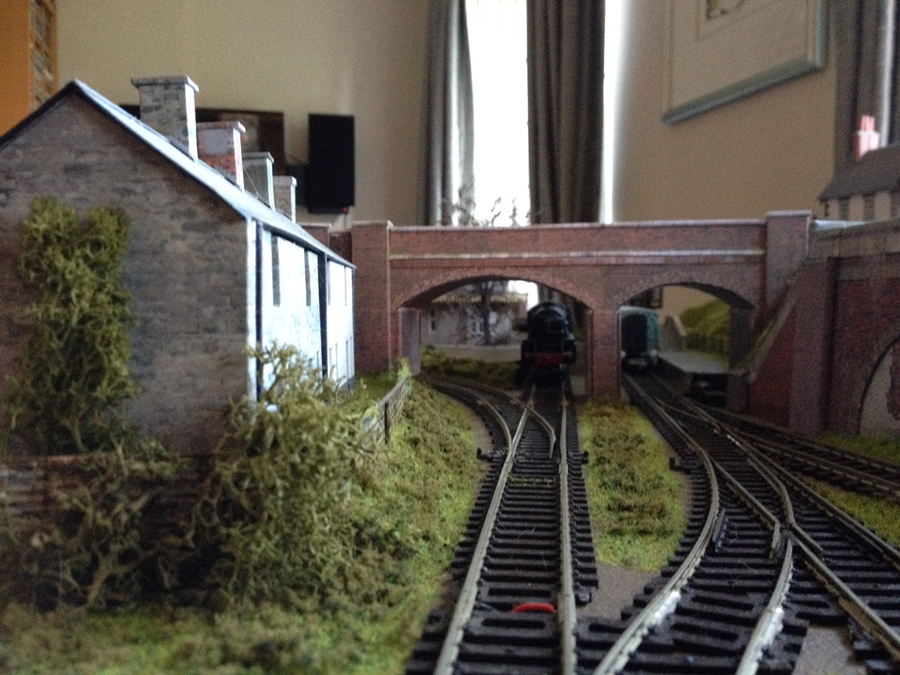
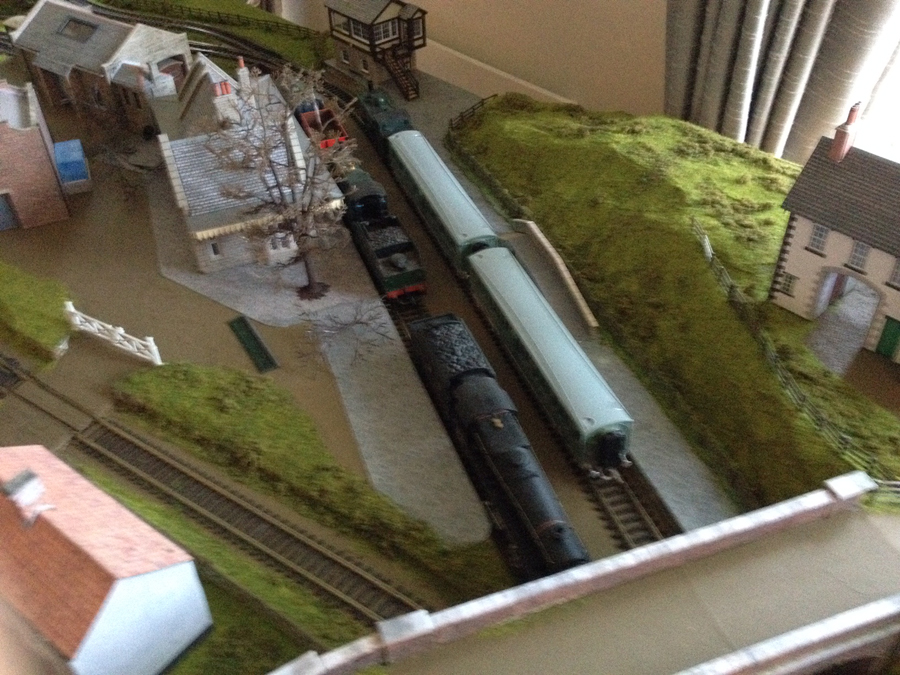
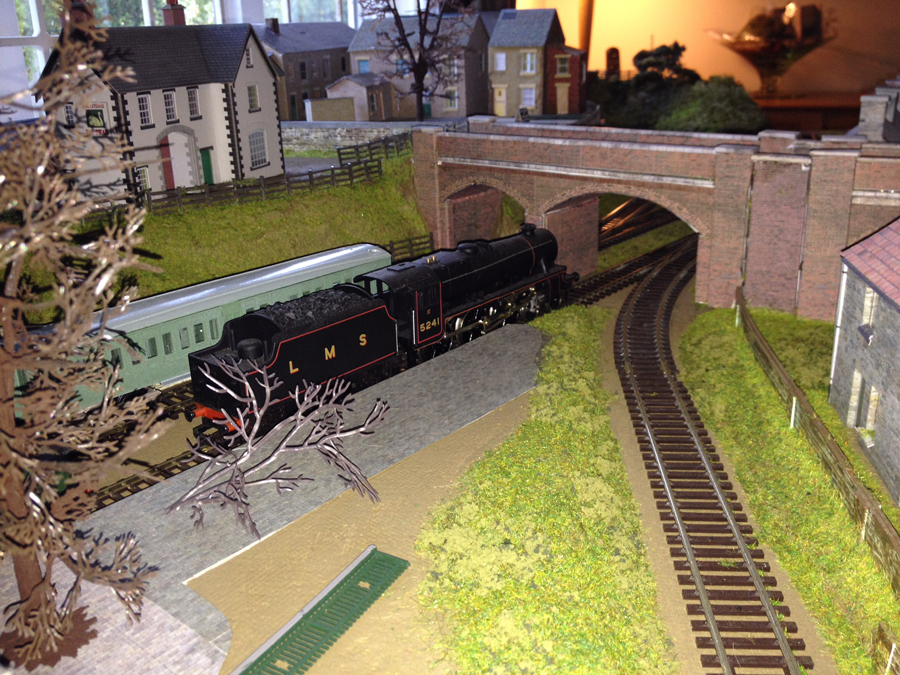



thats the way to do it, plan, plan, plan. it never hurts to really be prepared.
the Carnival was really, as was the entire setup
What an amazing story , the locals must love banking there. Too cool ! Really something to consider the volume of miles those trains have logged , most impressive .
Fantastic commitment, great work both of you.
Best to all.
Brian, Wokingham, UK
Dear Dan – thank you for sharing –
Since there seemed to be very few comments so far I thought I’d send one that you may value-
I’m very familiar with micro motion wear on backplane contacts in my work on high vibration machines (namely GE locomotives 😀)
It truly is a problem and you’ve accurately characterized it in your write up.
Recently Al shared a post from a fellow follower who recommended an electrical contact paste called NO-OX-ID PART# 10222 (2oz Tub)
I purchased some from Amazon and I’ve been impressed so far … used sparingly to avoid wheel slip, I have found that it creates a conductive film barrier reducing friction and increasing electrical conductivity between the pick up wheel to rail surface interface – even though conductive, the layer builds and over several hours and seems a little “gookie” and wheel slip can be noticed … This could be remedied by wiping clean with your alcohol based cleaning system. Then the No-Ox paste could be reapplied, and the process restarted (perhaps once at the end or beginning of the day during the busy Christmas season)
Great story about the bank display. It is wonderful a bank would have such a thing and rather surprising these days. Thanks, Al, we sure appreciate what you do.
Rob
Dan, I learned some things today, thanks to you. I will pay more attention to the wheels and how they contact the rails. I’ll also dispense with the sandpaper.
Julian, oh how I wish that I could draw. I took a few college courses in art/drawing and I have learned that some people, no matter how hard they try have no talent for drawing. I learned something about why I cannot do it correctly:
I have something called “Aphantasia”. It has to do with the “minds eye”. If I ask you to picture an apple or anything else, chances are that you can see it. When I close my eyes, all I see is black. I cannot picture anything on demand. My brain can still throw out random images, they are random, fleeting and disappear almost immediately.
Dan, that was a wonderful idea of setting up a layout at a bank. I don’t know of too many banks that would let you do that in my area. Julian, a lot of moving and tearing down your layouts, that reminds me of a time I got the idea of setting up a small layout on my living room floor and I had a emergency and had to have an open heart surgery. While I was still in the hospital, my sister-in-law and a friend went over to clean my house and had to take my layout apart, that was embarrassing !!!!!!
Scott, the alcohol does not leave any residue. I have not noticed the need to remove friction. All of the guys in the club use the alcohol to clean their track.
I have used Rail-Zip (really transmission fluid) on occasion. However, it collects dust. The Rail-Zip is used in special places.
Dan*
Fantastic all around
Hi Dan
I get your point – I said friction, which was confusing. What I really meant to say was the effects of Micro Motion. In fact at the GE Labs in Schenectady NY we had a project to study this problem on Back Plane Contacts – they referred to it as Pin Fretting – The micro motion of backplane contacts during the operation of the locomotive. (These were Locomotives like GE’s AC 6000 equipped with advanced ruggedized control systems). The symptoms of what we were dealing with were incredibly similar to what you have described. the remedy which is different from what we are discussing for model trains, was to select a set of superior contacts with multiple contact points to ensure that at any given time there would be a good electrical connection
Back to model railroading for a moment…
I’ve used rail zip too and almost mentioned it. this NO-OX is easier to work with than Rail zip and has another quality – if applied to wheel sets in the journals it lubricates and promotes conduction (for illuminated cars etc.)- of course my frame of reference is American Flyer – heavier equipment prone to draw more current, arc and because of the 2 rail nature (vs. Lionel’s three rails) the need to pick up locomotive power from the tender wheels in almost all cases.
All of this notwithstanding, I would like to evaluate the HO track cleaning rig you have described and investigate adapting it for my S Gauge operations. What name or description would I look for if I wanted to order one?
Scott, the Walther’s catalogue should have track cleaning cars listed. The tank car is rather expensive these days. I have had then for more than 30 years. The odd looking one was from Center Line I think.
Dan*
Scott and any others, I did a search for the two track cleaning cars. Search” CMX the clean machine ” for the tank car. The ones listed in the Walther’s catalog is not the same product. The one I have has two knobs on the top. One is for filling and the other is adjusting the drip rate.
The other car is a Center Line Products car. They are both heavy brass.
I only recommend the cars I do not get compensation. Just good clean track.